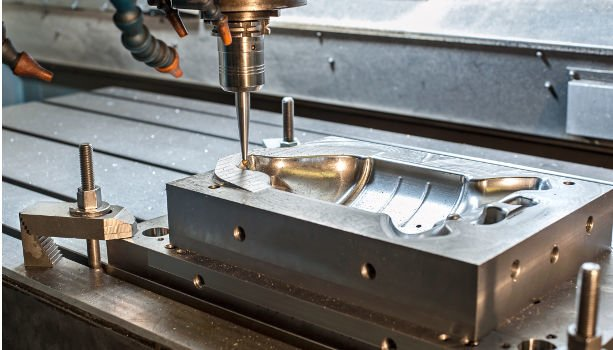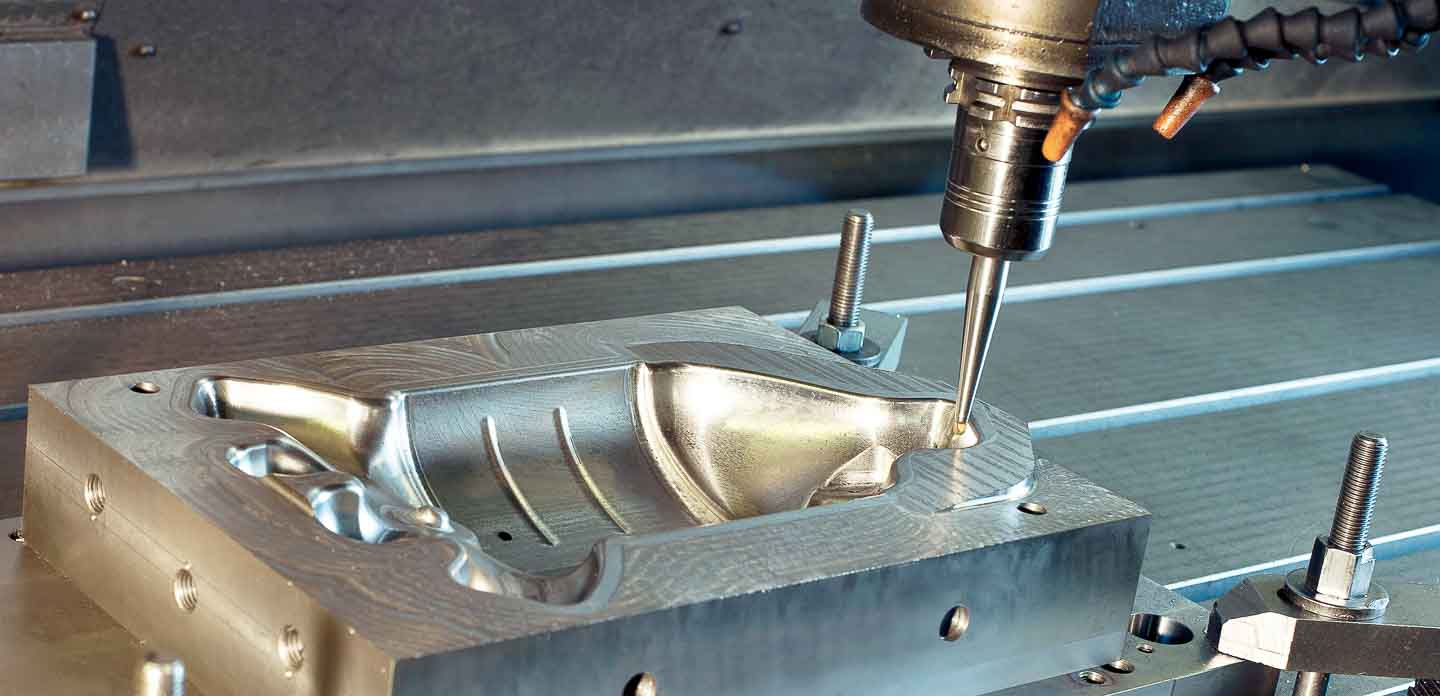Which is the better process between extrusion and injection?
Extrusion or injection: which method is better?
Since the beginning of the 20th century, when Injection mold makers started studying polymers, we had a huge exploration to search for cheaper substitutes for natural materials. Several methods of transforming the raw material into the desired product emerged. We know it as extruder and injection.
The most common processing methods in the industry today are extrusion. And injection, corresponding to more than 90% of the production of plastic materials. These processes have similar characteristics, such as increasing the temperature at the beginning to bring the polymer to a liquid state.

Factors that influence polymer processing!
Extrusion
The most common Injection mold-making method in the industry, extrusion processing, mainly generates linear products. These are widely common in everyday life, such as hoses, sheets, and plastic bags. Unlike most polymer processing methods, extrusion has the great advantage of being a continuous process.
And then cooling it until it solidifies again (therefore, it is important to know the material’s properties and the factors that influence its processing). But extrusion or injection? What are the differences and advantages of each of these types of processing?
Screw: A most important part of the whole machine
Initially, the raw material adds (with or without additives and other loads) into the equipment by the Injection molding machine, in the form of small solid grains, arriving in the cylinder or cannon. At that moment, the material is transported through the entire cylinder with the action of the most important part of the whole machine: the screw.
Whether it has two joints, the thread rotates in such a way as to force the material along with the cylinder.
The solid to liquid process
In a second moment, heaters heat the raw material beyond its boiling temperature, changing it from solid to liquid. Thus, the molten plastic continues advancing along the cylinder path until it passes through the mold, which will shape the material as it exits the machine.
The matrix is another component of the equipment that is extremely important, as it has a unique profile that will be responsible for shaping the final product. In this way, the same extruder can produce different products, changing only its matrix.
Finally, when passing through the matrix, the material begins a cooling process and solidifies again. Thus, you get a continuous product that can be cut into different sizes, according to needs and other interests.
On the other hand, injection is also an alternative. Although not as common as extrusion. It is the second most common method to produce polymeric products. And it also has its advantages. The injection does not have continuous production. But because it uses molds, it can generate both simple and complex products and various formats.
Injection
The injection is a molding process and has steps analogous to extrusion from a hopper.
These grains of polymeric material also heat until they melt and travel through the machine’s interior with the rotation of a screw.
After this path, they pass through the injection nozzle to fill the mold. This process is easy to repeat several times to obtain the same part in a large quantity and with the quality maintains.
The injection can produce various kinds of products
As an Injection mold’s molding process, the injection can produce kitchen utensils, construction parts, toys, support devices, and many other products with high quality and low variation.
Which method is better?
Once you understand what polymer processing is and understands how both extrusion and injection molding work, you might be asking yourself: which one should I choose to make my products?
Injection molding allows the conformation of more complex shapes
However, it is not so simple to point out just one as absolutely superior to the other. We know that extrusion allows for continuous production. But injection allows the conformation of more complex shapes.
And it is still necessary for the Injection mold maker to analyze each case, know the material to work on, and understand the desired properties for the final product.

Do you want to improve your company’s polymer processing? We can help you! We identify areas for improvement, such as the composition and process of the product, analyzing which is the most suitable method and which will guarantee a better cost-benefit ratio for your reality.
Important details about this manufacturing technique and industry.
It is possible to say that plastic injection is a casting process that, instead of metal, uses polymers. It is a process widely common for the creation of industrial parts, among other applications, such as packaging and toys.
In this article, you will understand more about how plastic injection comes and other important details about this manufacturing technique and industry.
Injection molding as it happens?
The material converts into its liquid state and is poured into molds. Over time, solidification occurs and then an item in the desired shape is achieved.
It is extremely common to use a plastic injection machine to carry out this process. The machine has the following components:
- Hopper;
- Barrel;
- Heating unit;
- Pumping nozzle;
- Adjustment unit;
For the Injection molding machine, the function of this unit is to melt the plastic through heat.
The pump nozzle is responsible for injecting this liquid into the molds. Then, the adjustment unit is where solidification takes place and, finally, the ejector expels the molten materials from the machine.
The manufacture of injection molds is a crucial process for plastic injection. After all, it is common for the customer to order a series of plastic products that need to-measure with a custom mold.
Generally, the chosen material of the injection molds is metal, and the manufacturing process runs in three main steps.
The virtual version must be evaluated.
This virtual version evaluates by the customer and considers the type of injection machine that will be common. Once approved, the project sends to the production team, which transforms the idea into reality. Remember that the mold also includes the internal gaps and recesses.
The final part is to finish the mold for plastic injection, ensuring that there are no leftovers and that the result will be satisfactory. It is important to note that there are more and less rigid injection designs in precision.
Conclusion
Perhaps you have wondered what technique is common to produce these metal molds. Injection mold maker uses another very common manufacturing process for producing parts: machining services.
Machining is changing the shape of a material by removing chips (irregular portions of material).

